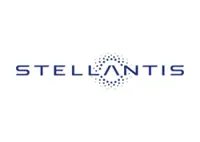There were signs Tesla’s inability to deliver on Musk’s self-driving statements were catching up with him before last week’s tease. — AP
A Tesla event touting one product wouldn’t be complete without Elon Musk teasing a next one.
While marking the initial delivery of Tesla Semi trucks last week, Musk offered a first, vague glimpse of a product he divulged was in the pipeline back in April: a dedicated robotaxi.





